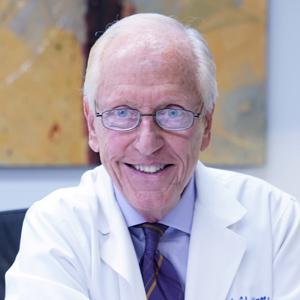
As measles cases surge across the United States — hitting numbers not seen in decades — public health officials are sounding the alarm. With nearly 1000 confirmed cases across the country so far, and outbreaks tied overwhelmingly to unvaccinated populations, the US faces a sobering reminder of the importance of immunization.
To gain insight into the causes, consequences, and solutions to this public health threat, Wyoming Star (WS) spoke with Dr. William Schaffner, a leading infectious diseases expert and a professor at Vanderbilt University School of Medicine.
WS: Dr. Schaffner, could you begin by explaining the broader context of this outbreak? Why are we seeing a resurgence of vaccine-preventable diseases like measles?
We’re seeing an increase in two major vaccine-preventable diseases: measles and pertussis, also known as whooping cough. Beyond that, there’s concern about bird flu — not yet a major problem in humans, but potentially one in the future. And we continue to struggle with antibiotic resistance, a long-standing and growing issue.
These represent persistent public health challenges, but measles is particularly striking because it had been eliminated in the US and is now making a troubling return.
WS: Let’s focus on measles. What do you see as the root cause of this outbreak?
The main reason we’re seeing measles again is that some children are not being vaccinated. We had eliminated measles from the United States.
The only way the virus can return is by being imported — someone brings it in from abroad — and then encountering people here who are unvaccinated and therefore susceptible. It’s this combination that leads to outbreaks.
WS: Could you explain the health risks associated with measles, both short-term and long-term?
There’s a lot of misinformation suggesting measles is a mild disease. It’s not.
Measles causes very high fevers — often 102 or 103 degrees — severe cough, and overall misery, even in uncomplicated cases. One in every 1,000 children with measles will develop encephalitis, a brain infection. Of those, 10% will die, and 30 to 40% will suffer lifelong disability.
Before we had the vaccine, measles killed 400 to 500 children every year in the US.
We had brought that number down to zero. Tragically, this year we’ve already seen at least three measles-related deaths.
There are also long-term consequences. For months after recovery, children are more vulnerable to other infections. And in rare cases, years later, a condition called subacute sclerosing panencephalitis — SSPE — can develop. It’s a slow, fatal disease that attacks the brain. So yes, measles is dangerous, and it’s entirely preventable.
WS:Are there specific communities or demographics more vulnerable to these outbreaks?
Yes. One of the largest recent outbreaks occurred among a conservative Mennonite community in West Texas and New Mexico. But we’re also seeing smaller outbreaks in more affluent communities, where some parents — often middle- or upper-class — choose not to vaccinate their children out of skepticism or fear.
These groups are very different culturally and geographically, but the unifying factor is that their children haven’t been vaccinated. That’s what creates the conditions for measles to spread.
WS: So we’re seeing a shift in the pattern of outbreaks compared to previous years?
The virus itself hasn’t changed, but the scope of these outbreaks has. What makes this year’s outbreak notable is its size.
There is now a substantial under-vaccinated population in certain communities, making large outbreaks possible even from a single imported case.
WS: How would you assess the government’s response to the outbreak?
The response to the outbreak has not been as vigorous as it should be, and the messaging hasn’t been as clear or forceful. Trust in public health has eroded, and rebuilding that trust will take strong, sustained efforts — especially at the local level.
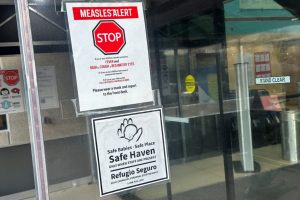
My recommendation is for people to talk to their local healthcare providers — their family doctors, pediatricians, or nurse practitioners. These are the people who understand the science and the community and can give sound, personal guidance.
WS: So you believe the most effective approach lies at the community level?
Exactly. We need national policy and programs, yes — but vaccines sitting in refrigerators don’t save lives. They need to be administered. And that happens locally.
We also need to support the infrastructure behind our vaccination efforts. Funding for public health initiatives has been reduced, and that weakens our ability to respond effectively to outbreaks like this one.
WS:Besides vaccination, what other strategies are necessary to prevent future outbreaks?
First, we need to rebuild trust in public health. That starts with honest, transparent communication — clear, consistent messaging from healthcare professionals.
We can’t just focus on changing how people think; we have to address how they feel.
Vaccinating our children protects them, of course — but it also protects our neighbors, our schools, our communities. That’s the kind of collective responsibility we need to emphasize.
WS: Would you say measles is currently the most pressing health concern in the US?
If it’s not the most acute, it’s certainly one of the most troubling. The flu season has passed, but measles remains a major concern — precisely because it’s so preventable.
Every case we see now is a failure of vaccination, and that’s heartbreaking.
Editor’s Note: Where We Stand Now
As of early May 2025, the Centers for Disease Control and Prevention (CDC) has reported almost 1000 confirmed measles cases across 30 US jurisdictions. A staggering 96% of cases were either unvaccinated or of unknown vaccination status. Among those, nearly a quarter of young children required hospitalization. North Dakota recently confirmed its first case since 2011 — a stark reminder that no state is immune when immunization rates fall below community protection thresholds.
The Americas as a whole are facing a growing threat, with over 2,300 cases confirmed region-wide in 2025—a sharp increase over 2024.
As Dr. Schaffner underscores, the solution is within reach: rebuilding public trust and getting vaccines from storage into arms.
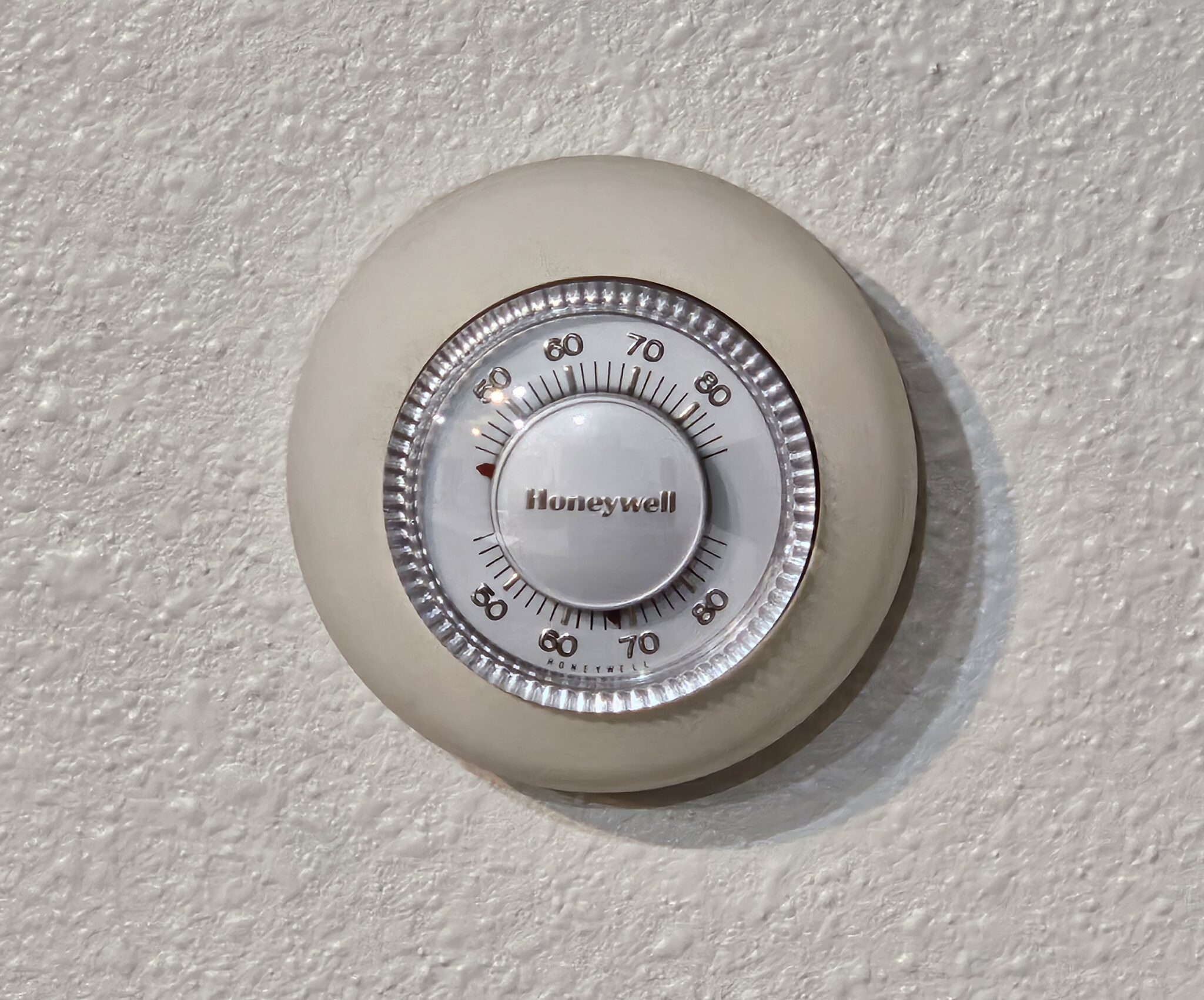
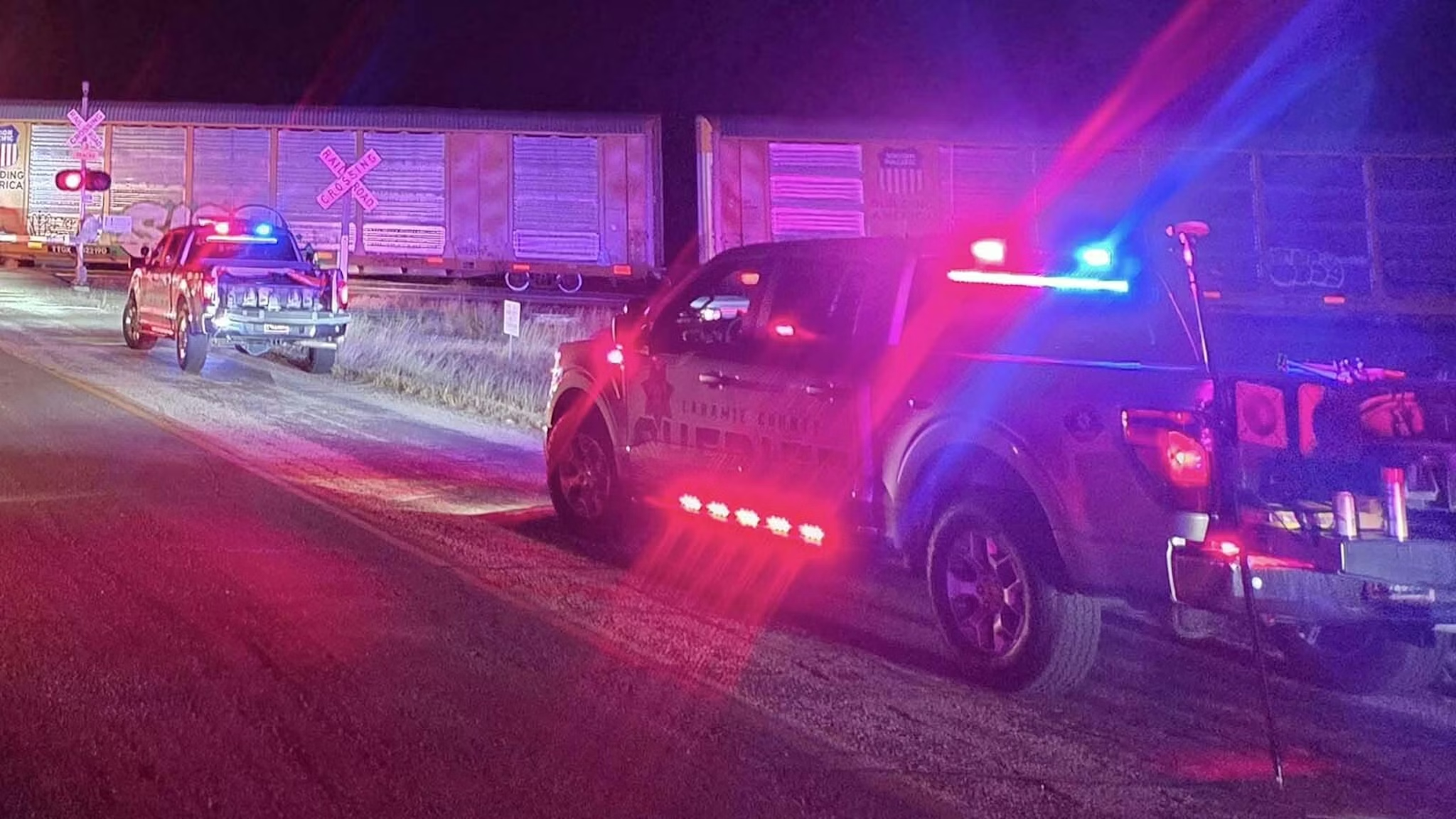



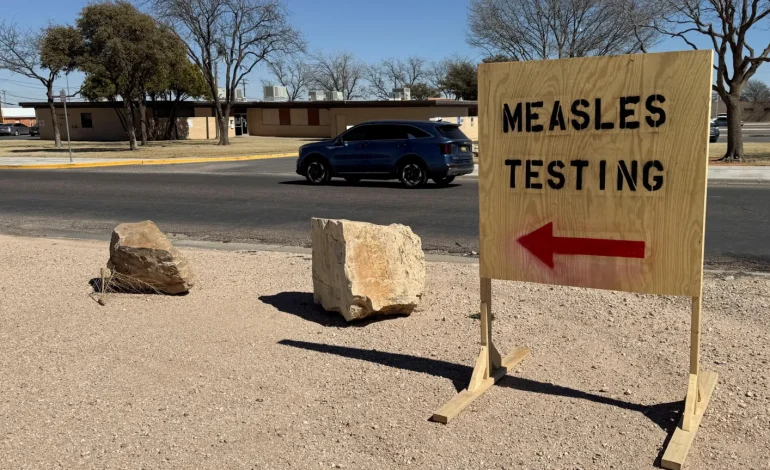



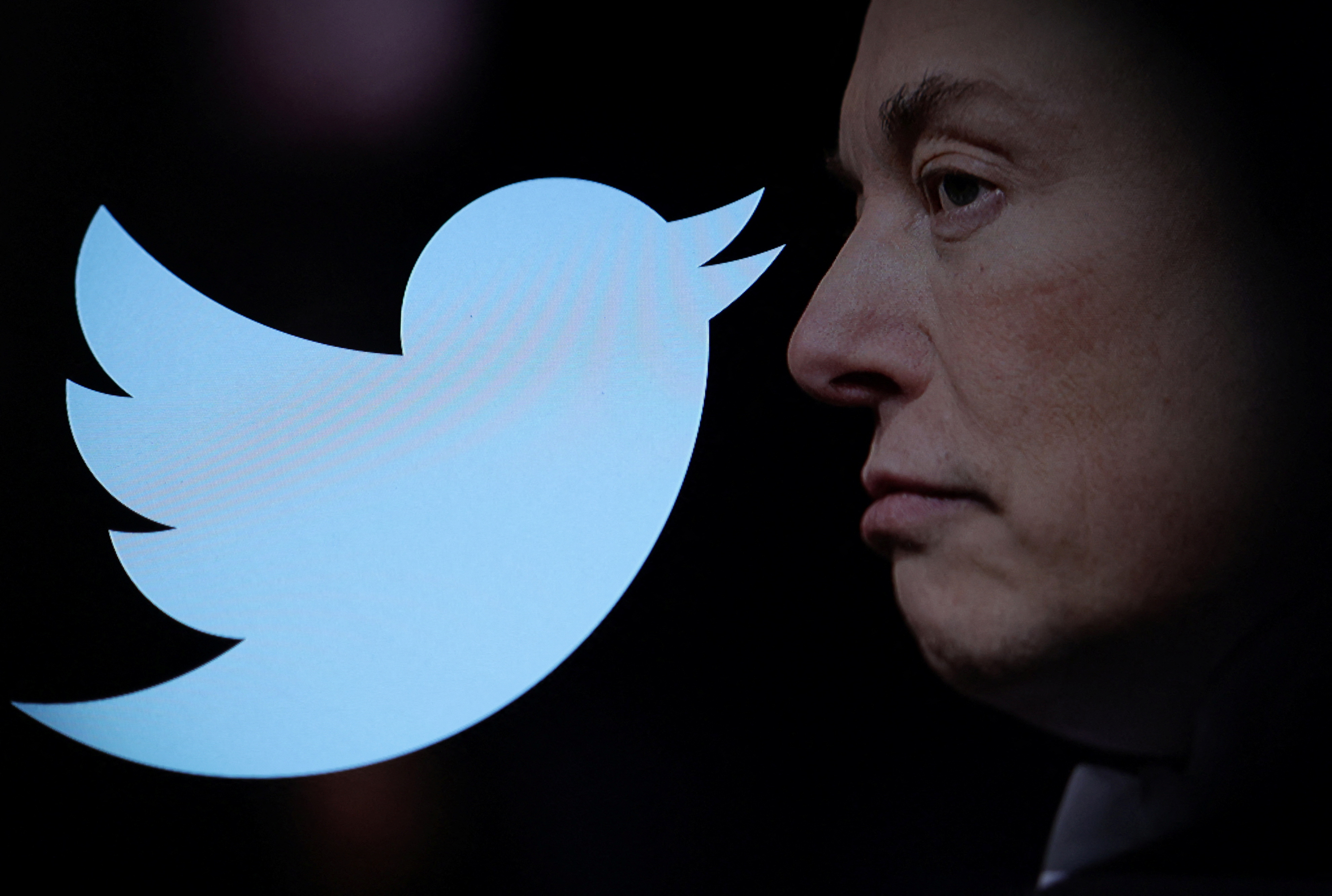
The latest news in your social feeds
Subscribe to our social media platforms to stay tuned